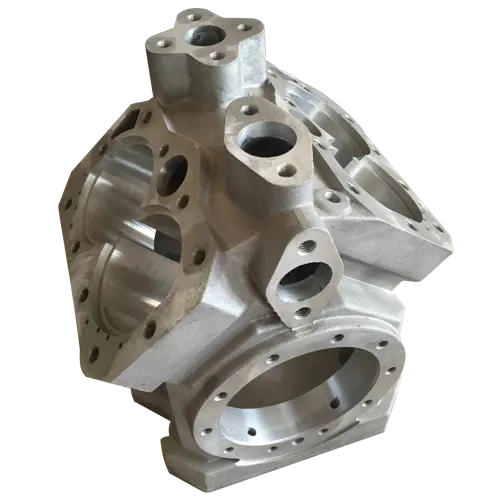Mobile:+86-311-808-126-83
Email:info@ydcastings.com
Understanding the Fundamentals and Techniques of Metal Casting Processes
The Art and Science of Metal Casting
Metal casting is a fascinating process that has been utilized for thousands of years, playing a pivotal role in the development of various industries and technologies. In essence, metal casting involves pouring molten metal into a mold to create a specific shape or object. This manufacturing technique is not only an art form but also a scientific process that requires a deep understanding of materials, thermodynamics, and mechanical properties.
The history of metal casting dates back to ancient civilizations. Archaeological evidence suggests that the earliest examples of metal casting can be traced to around 3000 BC in Mesopotamia, where artisans began casting copper. Over the centuries, the process evolved significantly, with new techniques and materials being introduced. The Bronze Age marked a significant advancement in metal casting, as the combination of copper and tin created bronze, a stronger and more durable material.
Today, metal casting is employed in various industries, including automotive, aerospace, construction, and consumer goods. The versatility of metal casting allows for the production of complex shapes that would be difficult or impossible to achieve through other manufacturing methods. For instance, components for engines, machinery, and even intricate decorative items can all be produced using casting techniques.
There are several methods of metal casting, each with its own advantages and applications. Some of the most common methods include sand casting, investment casting, die casting, and permanent mold casting.
1. Sand Casting This is one of the oldest and most widely used casting methods. It involves creating a mold from a mixture of sand and a binding agent, then pouring molten metal into the mold. Sand casting is popular due to its low cost and the ability to produce large parts.
metal casting

2. Investment Casting Also known as lost-wax casting, this method involves creating a wax pattern that is coated in a heat-resistant ceramic material. Once the mold is created and the wax is melted away, molten metal is poured in. This technique is often used for intricate and precision parts.
3. Die Casting In this method, molten metal is injected into a mold under high pressure. Die casting is known for its ability to produce parts with a high degree of accuracy and smooth surface finishes, making it ideal for mass production of smaller components.
4. Permanent Mold Casting This technique uses a reusable metal mold, which can withstand high temperatures. It offers better dimensional accuracy and surface finish compared to sand casting, making it suitable for producing larger runs of metal parts.
The quality of the final casting is heavily influenced by several factors, including the type of metal used, the design of the mold, and the cooling process. The selection of metal is crucial since different metals have varying melting points, fluidity, and solidification rates. Common metals used in casting include aluminum, iron, steel, and bronze, each chosen based on the specific requirements of the product being manufactured.
In addition to its practical applications, metal casting is also an art. Many artists employ casting techniques to produce sculptures and artistic objects, showcasing the aesthetic qualities of metals. The interplay between creativity and technical skill in metal casting highlights the versatility and beauty of this age-old craft.
In conclusion, metal casting is a vital process that combines artistry with engineering. It has stood the test of time, adapting to advancements in technology while remaining a cornerstone of modern manufacturing. Whether in producing critical components for machinery or creating beautiful art, metal casting continues to shape our world. As industries evolve, the future of metal casting will likely incorporate advanced technologies such as 3D printing and automation, further enhancing its efficiency and capabilities.
-
Impeller Technology That Powers Precision in Pump SystemsNewsMay.22,2025
-
Valve Durability Begins with Quality Cast Iron ComponentsNewsMay.22,2025
-
Performance Cooling with Advanced Automobile Water Pump SolutionsNewsMay.22,2025
-
How Motor Housing and Oil Pans Shape Engine PerformanceNewsMay.22,2025
-
How Metal Castings Drive Modern Manufacturing EfficiencyNewsMay.22,2025
-
Exploring the Engineering Behind Valve Body CastingsNewsMay.22,2025











